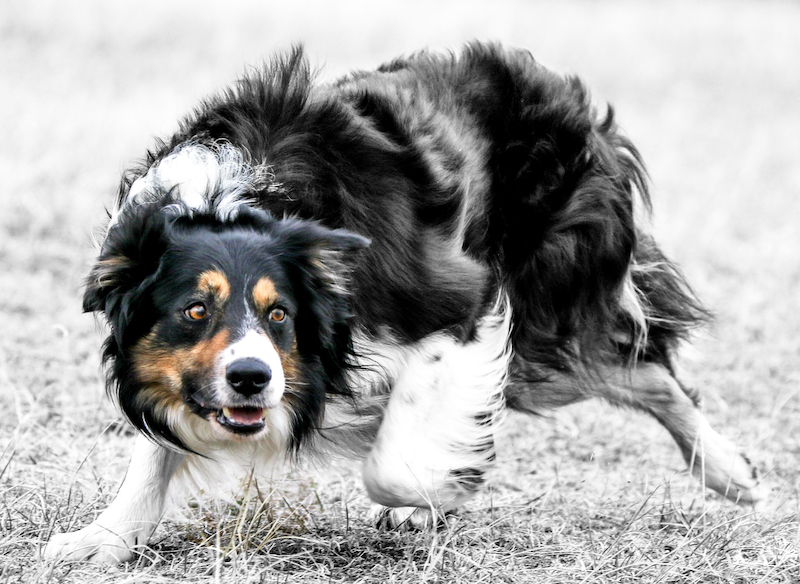A big part of being on a team is not just doing your part, it is also helping your teammates; this is especially true in sheepdog trials, where your team is made up of you and your dog.
Sometimes though, handlers put a disproportionate amount of responsibility on their dog, even inadvertently, to the detriment of the team.
For example, on the fetch some think their dogs should be able to do it all by themselves, with little to no help.
Yet, not helping your dog can lead to unnecessary point loss, sheep running, a poor/offline fetch or in some cases, it can cause your dog to lose confidence in himself.
Dogs, like people, have different strengths and abilities.
Some dogs are great at balancing on the away side, but not as good when they have to balance on the comebye side. When the sheep are a little heavier to the away side, your dog can make a fantastic job of balancing on the fetch and really doesn’t need a lot of help.
However, if the sheep are leaning to the comebye side, then your team needs your help. This includes giving your dog commands to guide the sheep, stop them from going offline as well as prevent your dog from flipping off the pressure.
The same is true with regard to feel; some dogs have the ideal amount, some don’t have much feel for their sheep, while others have too much.
Dogs without much, often need help staying back off of light sheep, such as the handler using the slow down whistle or using the lie down to take the pressure off and settle the sheep.
For dogs with loads of feel, or those with lots of eye that causes them to be sticky, they may need frequent “walk ups” to keep in contact, the sheep moving, as well as commands to prevent your dog from going to the heads of the sheep.
Some dogs have feel, but also wear back and forth behind their sheep.
Foe these dogs, if there is sideways pressure, the sheep don’t come straight down the field, as every time your dog flips off the pressure, the sheep take advantage going further off line.
These dogs need their handlers input to make them more direct and keep them in the boot to bring the sheep successfully.
The pen is perhaps a more obvious example of teamwork, as the handler holds the gate/rope and one side, adjusting pressure, deciding how far to open the gate and giving commands when needed, while your dog holds the other side, thinking on his own and balancing.
Your dog might excel here with the ability to stop a breaking sheep before you have time to give a command or sense the sheep want to escape and use the subtlest of movements to prevent it.
Yet, he may also need help here, such as a “keep back” command when the sheep are nervous, a walk up when they require pressure, a flank if the sheep start to come out of the mouth, or maybe even an off balance command if you or your dog make a wrong read of the sheep.
At the shed you may consider, does your dog have eye that catches him when shedding on the head (v. the tails), does he over or under flank at he set up, does he come in with equal skill when shedding off the handler’s left v. right hip, does he need flank commands to help during the wear, etc.
Teamwork is imperative in every facet of work at a trial and how much you do or your dog does, depends on each of you, individually.
You’ll find when you help your dog when he needs it, he will connect that when you give good input (handling) it makes the work more enjoyable and successful for him— helping your dog when necessary improves your trialing, but most important, it fosters your dogs trust in you, his confidence in himself and develops you together as a team.

